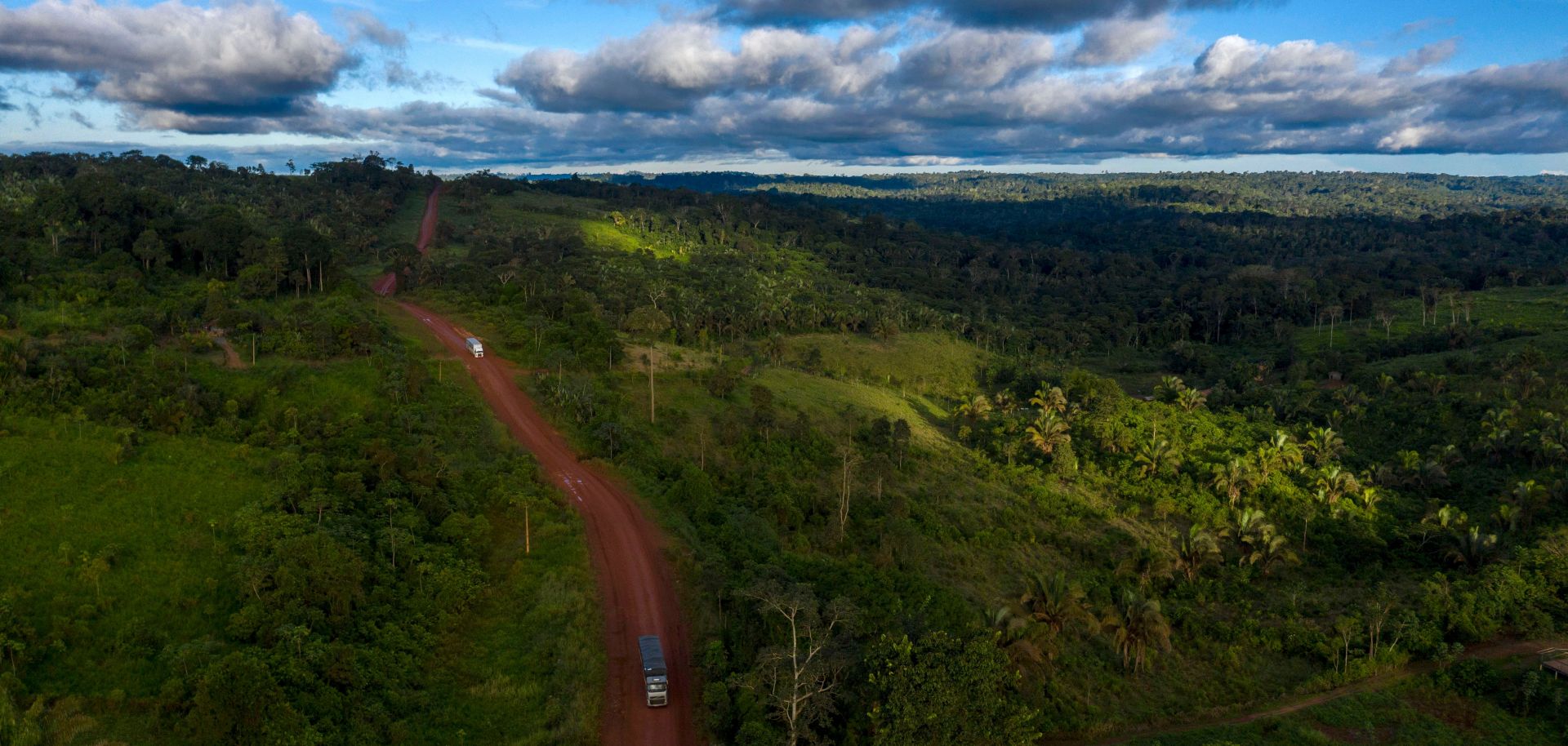
South of the Amazon Basin lies a unique region known as the cerrado, a vast tropical savannah region with extremely acidic soils. However, because the heat and humidity is far less intense than in the jungle, the cerrado can be made economically viable by brute force. The cost, however, is extreme. In addition to the massive infrastructure challenges — the cerrado lacks any navigable rivers — the land must in essence be terraformed for use: cleared, leveled and fertilized on an industrial scale to make it amenable to traditional crops. There is also the issue of distance. The cerrado is an inland region, so shipping any supplies to or produce from the region comes at a hefty transport costs. Brazil has spent the greater part of the past three generations engaged in precisely this sort of effort.
However, not all of Brazil's lands are so difficult. About 600,000 square kilometers of Brazil is considered traditionally arable. While this represents "only" 7 percent of the country's total land area, that still constitutes a piece of arable territory roughly the size of Texas or France. All of that land lies in the country's southern reaches. But much of that territory lies in the interior, where it is not easily accessible. Brazil's true core territories are less than one quarter of this 7 percent, about the size of Tunisia or Montana, straddling the area where the tropical zone gives way to the temperate lands of the Southern Cone. These are the areas of Brazil that formed the core of the original settlements in the early colonial period, and these lands formed the population core of Brazil for the first three centuries of its existence. As such, the topography of these lands has had an almost deterministic impact on Brazil's development. Understanding that topography and its legacy is central to understanding what is empowering Brazil to evolve — and hampering Brazil from evolving — into a major power in the years to come.


